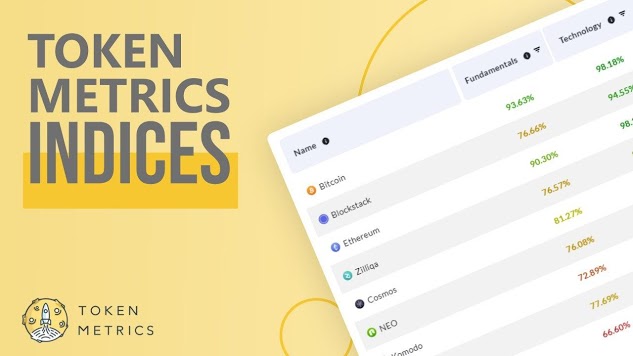
Kids are using the Internet at a younger age and spending more time online, according to UNICEF. One in three Internet users worldwide is younger than 18, it reports. An increasing amount of harmful online practices and content is impacting children mentally, emotionally, and physically, as well as posing a risk to their safety and security.
This has led many governments and regulatory agencies around the world to introduce legislation to reduce addictive online features and to take steps to restrict youngsters’ access through various means, including by mandating that online sites use systems to verify a user’s age. These systems can give parents peace of mind, knowing the website has taken measures to deactivate addictive algorithmic mechanisms and to present content geared for children and is safe for them to use.
To help developers build age-appropriate websites, the IEEE Standards Association has released two guidelines: one for the process of designing age-appropriate sites for children and the other for systems to verify the user’s age online. IEEE SA also launched a related certification program.
Upholding children’s rights and designing with age in mind
The IEEE 2089-2021 Standard for an Age Appropriate Digital Services Framework Based on the 5Rights Principles for Children provides practical steps to qualify online products and services for children. Introduced in 2021, the standard requires systems to present information in an age-appropriate way and to uphold the rights established for youngsters in the U.N. Convention on the Rights of the Child.
The follow-up IEEE 2089.1-2024, Standard for Online Age Verification, provides a framework for designing, specifying, evaluating, and deploying age-verification systems. Launched last year, IEEE 2089.1 includes requirements for privacy protection, data security, and information management specific to the age-assurance process. The standard also provides procedures for verifying a user’s age or age range with a high degree of accuracy.
Age verification helps organizations present age-appropriate content, ensures their marketing materials align with regulations designed to protect minors, and builds trust with parents, says Jon Labrador, director of conformity assessment for IEEE SA.
Indonesia used key provisions from the two IEEE standards to inform its child-protection regulation, which was signed into law in May. It is the first age-appropriate design regulation in Asia, according to the 5Rights Foundation, an international NGO working for a rights-respecting digital world for children. The act mandates that online service providers prioritize kids’ best interests in their platform design and practices.
The collaboration is “an example of IEEE putting its mission into practice in a concrete way to support society’s and children’s needs, where IEEE’s global perspective and technical knowledge combined with the Indonesian authorities’ dedication to achieve a successful outcome,” Sophia Muirhead, IEEE executive director and chief operating officer, said in a news release.
“Together,” Muirhead said, “we enabled the development of a practical, forward-looking legal framework and regulation that will make the digital space safer for the next generation in Indonesia and, we hope, inspire similar actions worldwide.”
Age verification system certification
IEEE SA this year launched its Online Age Verification Certification Program, which assesses systems to make sure they conform to the IEEE 2089.1 framework.
“This certification program ensures that age verification systems used by organizations conform to requirements in the standard, thereby ensuring that access to their products and services are made after proper verification,” says Ravi Subramaniam, senior director for the IEEE SA Business, Product Development and Marketing group.
“It says that this organization prioritizes the rights and needs of children—designing tools that ensure their safety, privacy, autonomy and agency.”
Six indicators are used to rate the systems:
Accuracy. The degree to which the verification process determines the user’s age.Frequency of assurance. How often does the website verify the user’s age?Counter-fraud measures. The mechanisms used to prevent fraudulent attempts to bypass the verification process.Authenticity. Is the proof-of-age documentation provided by the user genuine?Frequency of authenticity. How often is the user’s claimed age verified?Birth date. A specific indicator that determines the level of confidence in the accuracy of the birthday provided, using varying levels of rigor based on the age-verification method.
The IEEE SA commissioned the Age Check Certification Scheme, a British provider of age-verification services, to conduct tests that lead to IEEE certification.
“As the digital world continues to evolve, a reliable, secure, and globally recognized framework for verifying the age of online users is essential,” Tony Allen, founder and chief executive of Age Check, said in a news release. “We are proud to be working with the IEEE Standards Association to advance the cause of online safety for the world’s youth.”
To learn more about the certification program, fill out this form.
Promoting safer online environments around the world
IEEE also has been involved in recommending website designs with children in mind. Konstantinos Karachalios, an advisor to Muirhead and former managing director of IEEE SA, moderated a panel discussion featuring Greece’s prime minister and the 5Rights Foundation president at a global forum on AI held this month in Athens. Regulation on the design of online systems is gaining ground, according to a news release summarizing the discussion.
“The models and the algorithms [of the systems] are designed to promote addition,” Prime Minister Kyriakos Mitsotakis said. He described the current situation as an “unprecedented global experiment with the mental health of our children and teenagers.”
Greece recently launched a strategy to protect minors online, drawing on IEEE standards and expertise, and leading to the Greek government proposing a series of informed measures for an age-appropriate regulatory framework, which also includes a system for age verification and content filtering.
Baroness Beeban Kidron, 5Rights president and a member of the U.K. House of Lords, agreed with Mitsotakis. The digital environment for children has been designed to be addictive, she said, but it can be reengineered to be safer.
“This is a 100 percent engineered world,” Kidron said. “We have to design the world to be appropriate for children, like we design other environments.”
She said regulations should focus on how systems are designed and developed, specifically through effective default settings instead of relying on reactive tools or parental controls.
From Your Site Articles
Related Articles Around the Web





Be the first to comment